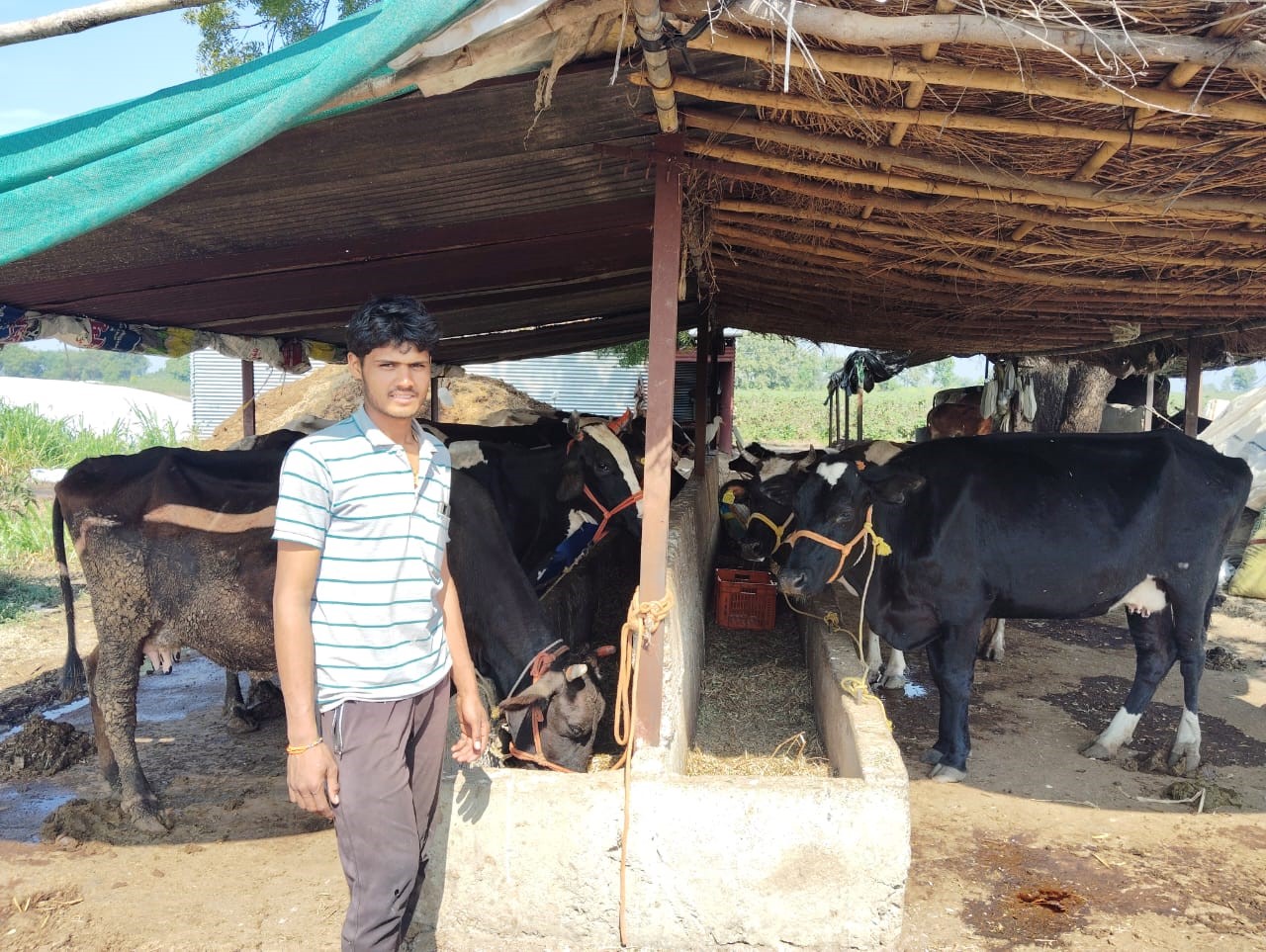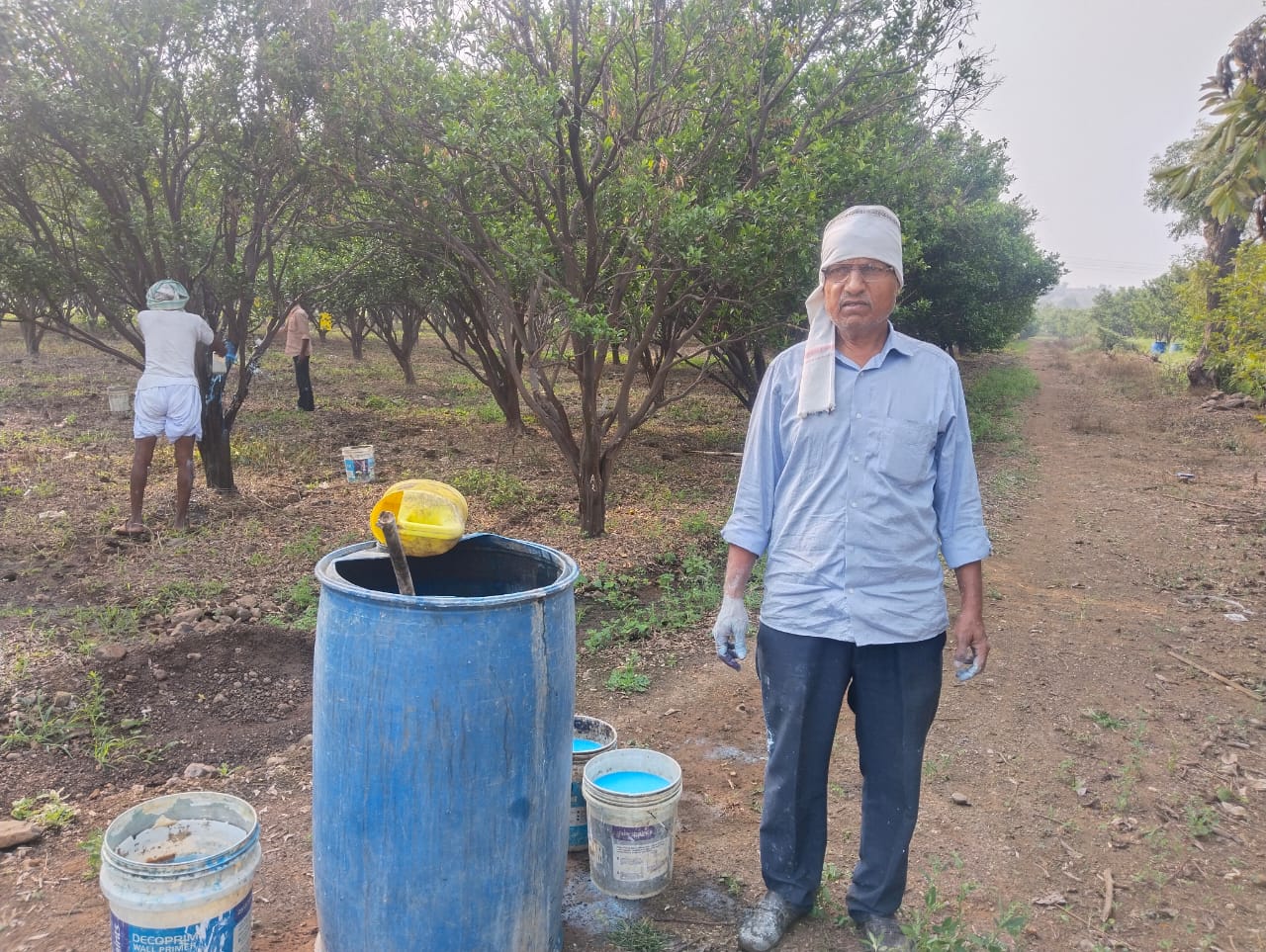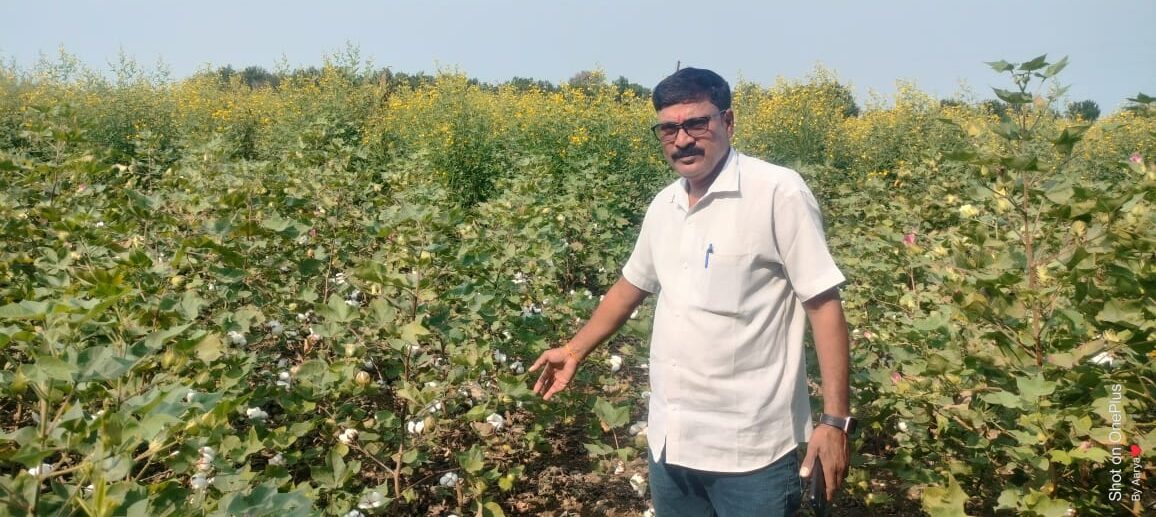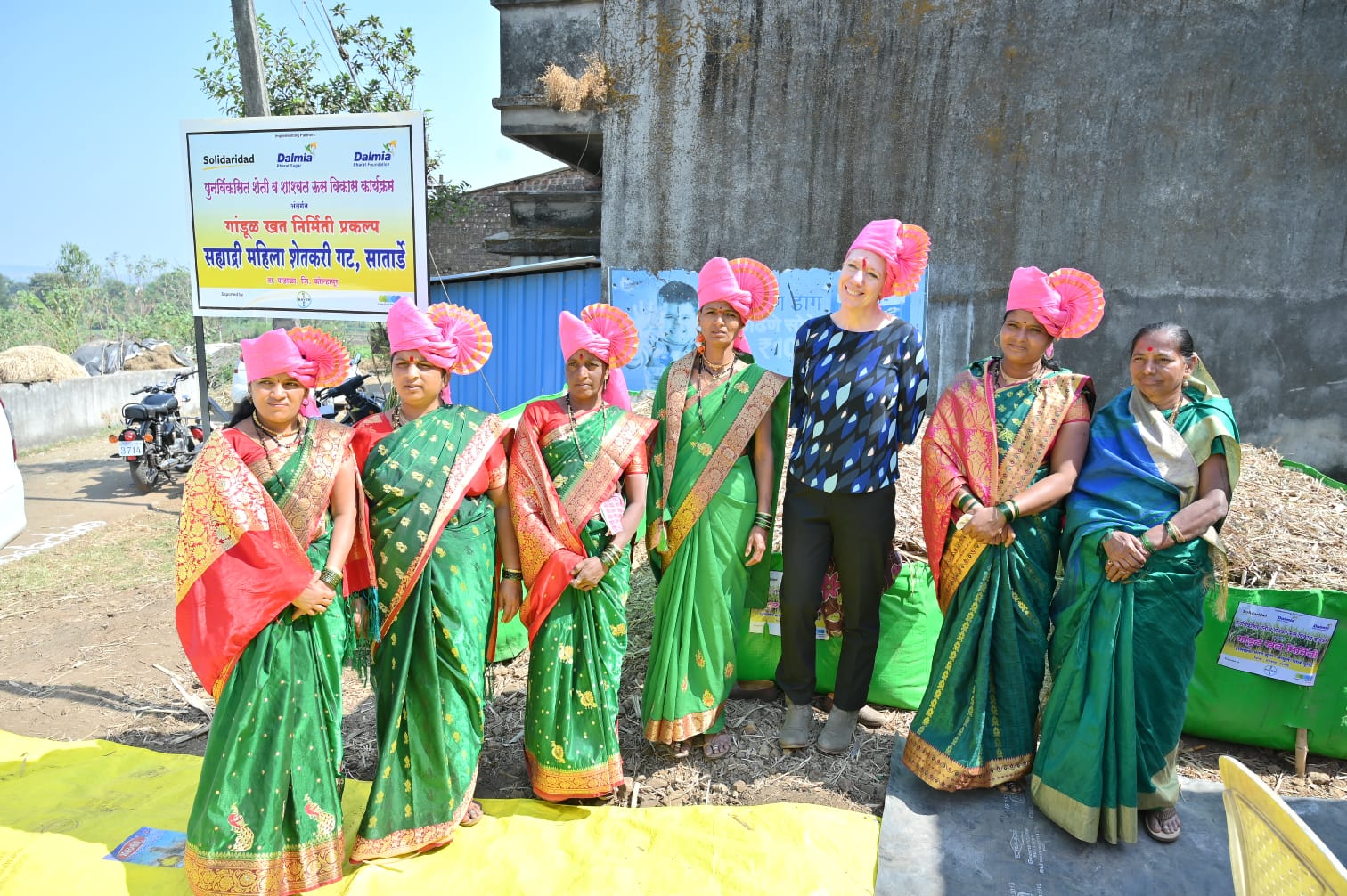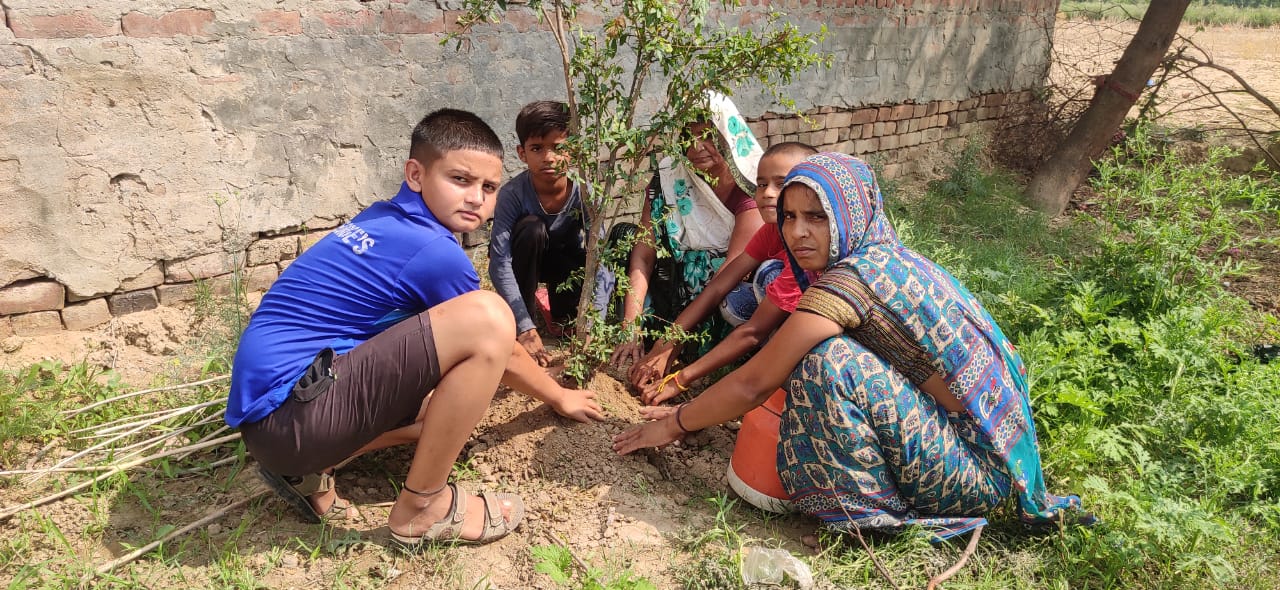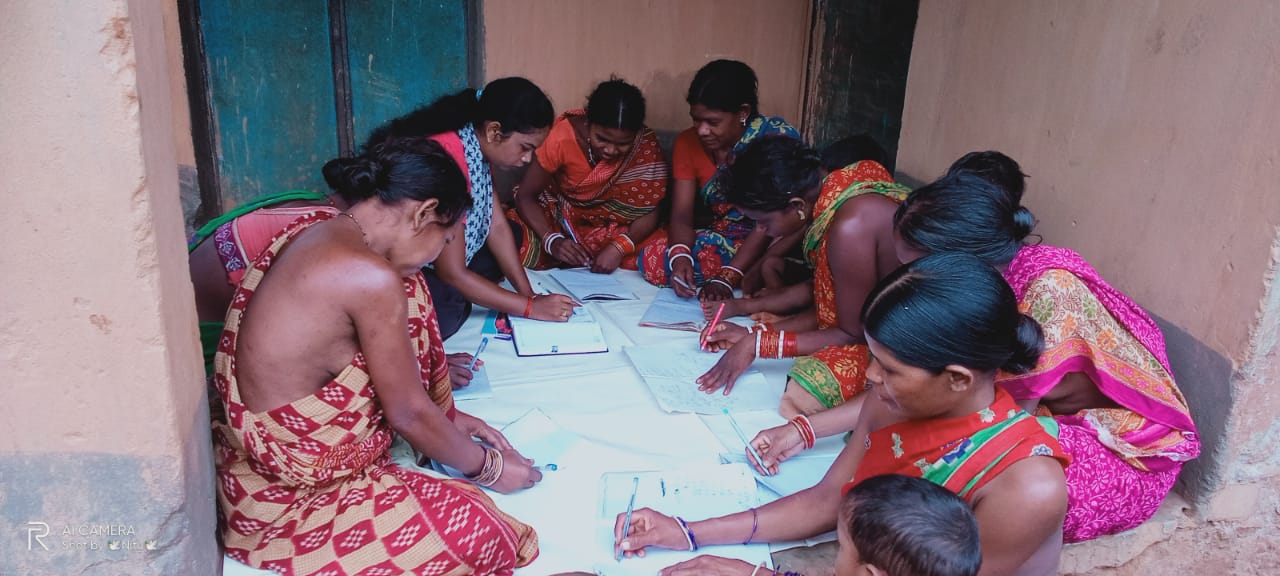Despite mounting challenges for sugarcane farmers in Maharashtra, the Unnati Meetha Sona project, implemented by Solidaridad, provides a recipe for sustainability and success
Rasika Vasant Rajpure, a sugarcane farmer from Indapur, near the city of Baramati in Maharashtra, dons several hats. She is a trailblazer in her community, a role model among her peers, and is a reliable, independent cultivator capable of operating heavy farm machinery and making independent financial decisions. Rasika is also one of the progressive lead farmers identified under the Unnati Meetha Sona project, implemented by the Solidaridad Regional Expertise Centre in Maharashtra and Karnataka from June 2022 onwards, in collaboration with The Coca-Cola Foundation and Baramati Agro Limited.
Sugarcane has high global demand, but, in Maharashtra, its cultivation and production face key challenges – climate change being the most critical. The state faced the driest August in 2023 in over a century, leading to drought-like conditions and delivering a hefty blow to sugarcane production. At least 125,000 small-scale farmers in Maharashtra dependent on the crop are now having to bear adversities in the form of climate change and decreasing water supply, leading to inadequate income. Additionally, monocropping can exhaust soils and disturb water tables, while the burning of post-harvest waste leads to widespread air pollution.
Under the Unnati Meetha Sona project, Solidaridad is stepping in to make farmers climate-resilient by providing the requisite knowledge and tools for practising regenerative agriculture. The project also educates farmers regarding the financial benefits of adopting such practices. “This project marks the beginning in bringing about a major change among farmers, so that they understand the ‘when’ and ‘how’ of using water in sugarcane irrigation. This project is also gradually making sugarcane farmers climate-resilient through the adoption of six principles of regenerative agriculture,” says Rama Shukla, assistant programme manager (sugarcane), Solidaridad.

The project has already realised some key outcomes:
- Improved water-management practices due to greater awareness among 45,000 farmers
- Recognition and integration of women and landless farmers in supply chains, and empowering them by promoting decent working conditions and eliminating child labour
- Ensuring compliance of partner sugar mills to the relevant sustainability standards
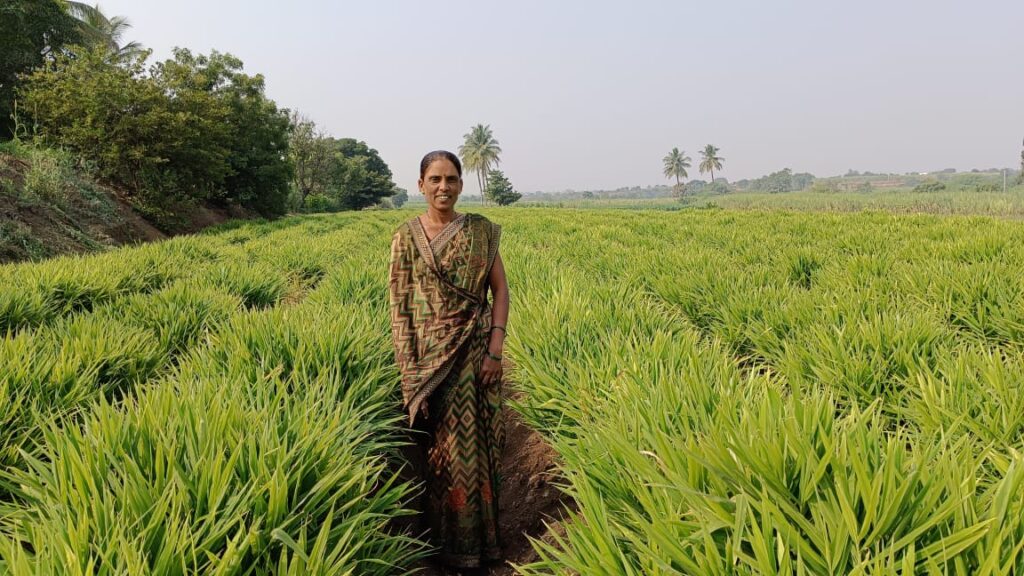
A Lifeline for Sugarcane Farmers
Focusing on crop rotation, cover cropping and reduced tillage to restore and enhance soil health, the umbrella of regenerative agriculture includes a diverse set of sustainable practices that are almost tailor-made to address the numerous issues faced by sugarcane farmers. Intercropping, for instance, not only maximises land usage but also helps farmers ensure diversification of their produce. In the case of sugarcane, it is onion that is grown most commonly as an intercrop. Drip irrigation, on the other hand, reduces cultivation costs and promotes water-use efficiency, leading to water conservation. During dry spells and in drought-like conditions, trash mulching is an extremely useful practice that enables retention of moisture in the soil. It involves covering the ground with a layer of organic material like sugarcane leaves, or the biomass of harvested intercrop like onion. Yet another important aspect of regenerative farming is the use of organic fertilisers such as farmyard manure, poultry manure and vermicompost. Not only does this reduce input costs, it also leads to healthier soils and crops by enhancing soil fertility and increasing the nutrient-absorption capacities of plants.
For the 45,000 sugarcane farmers participating in the Unnati Meetha Sona programme, these practices and aspects of regenerative agriculture have emerged as a lifeline in what has been an unusually tough season. Rasika and her husband, for example, have been extensively using wells and borewells on their farm to support a drip irrigation system for their crops, thereby saving water while also ensuring an adequate supply of it in their farm. By investing in goat and dairy farming, as well as livestock rearing, she has been able to successfully diversify her income streams, while a backyard kitchen garden allows them to meet the family’s dietary requirements. Overall, the Rajpures have grown five crops this year – sugarcane, ginger, watermelon, coriander and onion – against a cultivation cost not exceeding ₹3.5 lakh. Against this investment, the household’s income has reached around ₹15.5 lakh, leading to significant savings.

“In sugarcane farming, we are promoting a holistic and regenerative approach to make farmers like Rasika the custodians of their land and ecosystem. Our purpose is not only to secure economic viability for the farmers, but to also align them with the larger agenda of the localisation of sustainable development goals (SDGs). Localisation of efforts is key to addressing the most urgent crises, such as land degradation, water scarcity and climate change. Through this project, we are trying to contribute our best to India’s climate agenda by putting forth an inclusive approach to help farmers on the ground,” says Mohd. Dilshad, Senior Programme Manager (Dairy and Sugarcane), Solidaridad.
The couple has come a long way since 2013–14 when they only grew sugarcane on their 3.5-acre farm. Due to a lack of knowledge of good farming basics and practices, the Rajpures were practising a primitive style called flood irrigation, which continually led to soil erosion and low productivity. This is reflected in the seasonal produce on their farm during those years – 40 metric tonnes per acre from an adsali plantation (adsali refers to a plantation type that matures in 18 months) and 30 metric tonnes per acre from a ratoon plantation, earning a meagre ₹3.5–4 lakh for their efforts. Compare this to the current figures – 75 metric tonnes per acre from an adsali plantation and 55 metric tonnes from a ratoon plantation – and one realises just how much an improved understanding and implementation of good practices and diversification of income streams has benefitted the Rajpures. What has also helped matters significantly is their reduced expenditure on fertilisers (by as much as 40 percent) and on labour.
Reflecting on her previous hardships, Rasika mentions that realising the importance and purpose of a good education has been her greatest learning in the entire journey. “For me, farming is not an obligation any more. I may not be literate, but I have realised that with the right education and guidance, you can turn around your fate and livelihood. From my learnings, I have motivated my children to pursue an education in agriculture, so that they too can excel in the work I and my husband have started,” she says.


